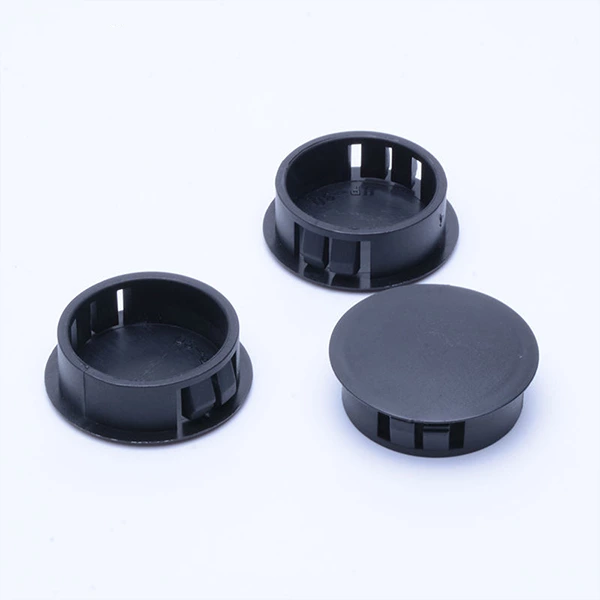Protective Device For Plastic Waterproof Cable Connector
At present, most of the Nylon Cable Gland protection devices adopt the structure of the upper and lower shells buckled together, so that it forms a linear cavity, and the cables can be connected at both ends of the cavity. However, in the actual application process, there will be some complex situations that affect the performance of the protection device.
When people need to dock the main cable and separate multiple branch cables from it, because the main cable and the branch cable need to enter from two different plastic waterproof cable connector cavities, it is easy to cause poor matching between the cable and the cavity, resulting in poor performance.
The structure of the protection device of the plastic waterproof cable connector is mainly divided into two parts, namely the upper shell and the lower shell. Through the cooperation of the two, a complete connector cavity is formed, so that when the cable enters the connector cavity, there will be a transition cavity in the shape of a truncated cone to connect.
There will be a base cavity extending downward from the lower end of the plastic waterproof cable connector cavity, and there are multiple supporting feet arrayed under the base cavity. There will be a branch connection cavity at the upper end of the connector cavity. The branch pipeline is located on both sides of the axial direction to connect the branch cable.
By rationally designing the structure of its protective device, the connection in the main cable can be realized, and independent space can be provided for the branch cable to make the connection more reliable and firm.
The main purpose of the plastic waterproof cable connector is to connect the line and keep it unobstructed. Therefore, when purchasing such products, you must pay attention to the quality of the product. If the quality is rough, it is easy to cause poor waterproof performance and poor contact, and the safety of the cable line cannot be guaranteed.

 English
English اللغة العربية
اللغة العربية Español
Español Français
Français Português
Português Русский
Русский